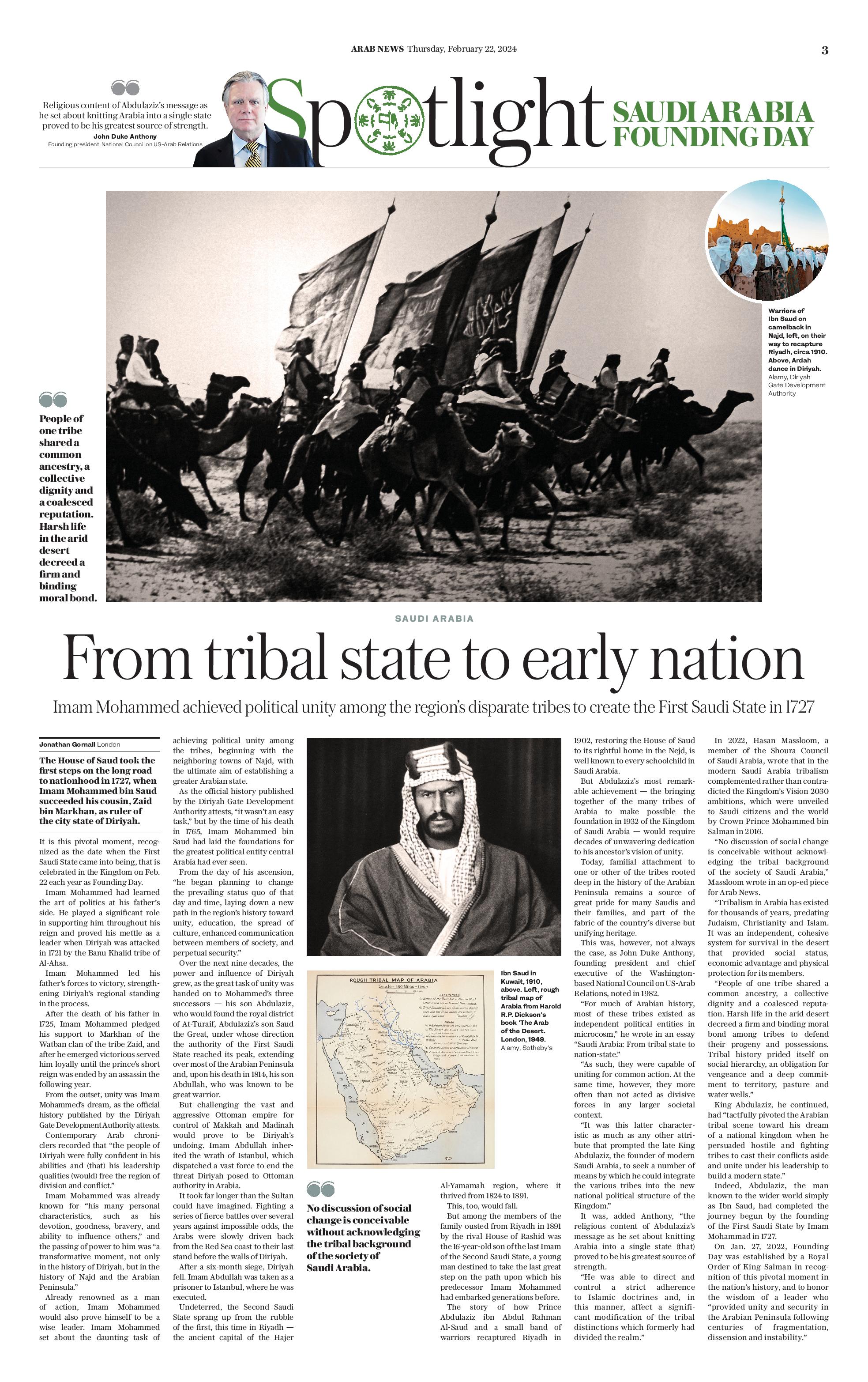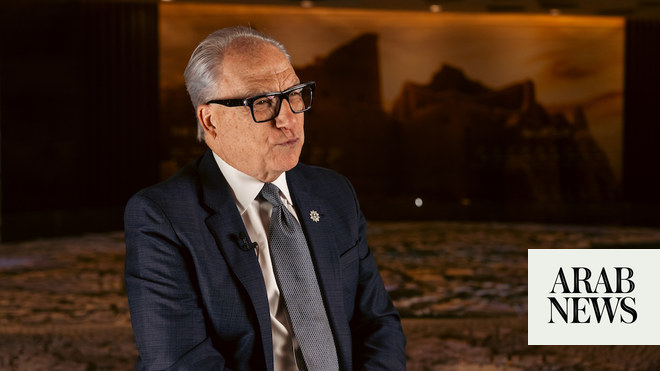London: The House of Saud took the first steps on the long road to statehood in 1727, when Imam Muhammad bin Saud succeeded his cousin Zaid bin Markhan as governor of the city of Diriyah.
This is the pivotal moment, known as the date of the emergence of the first Saudi state, which is celebrated in the Kingdom on February 22 of each year as Founding Day.
Imam Muhammad learned the art of politics from his father. He played an important role in supporting him throughout his rule and proved his mettle as a leader when Diriyah was attacked in 1721 by the Bani Khalid tribe in Al-Ahsa.
Imam Muhammad led his father's forces to victory, strengthening Diriyah's regional position in the process.
After his father's death in 1725, Imam Muhammad pledged his support to Markhan of the Watban clan of the Zayd tribe, and after he emerged victorious he served him loyally until the prince's short reign was ended by an assassin the following year.
From the beginning, unity was the dream of Imam Muhammad, as the official history published by the Diriyah Gate Development Authority attests.
Contemporary Arab historians recorded that “the people of Diriyah were completely confident in his abilities and (that) his leadership qualities (would free the region from division and conflict).”
Imam Muhammad was already known “for his many personal characteristics, such as his sincerity, benevolence, courage, and ability to influence others,” and the transfer of power to him was “a turning point, not only in the history of Diriyah, but also.” In the history of Najd and the Arabian Peninsula.
Imam Muhammad, already famous as a man of action, proved to be a wise leader.
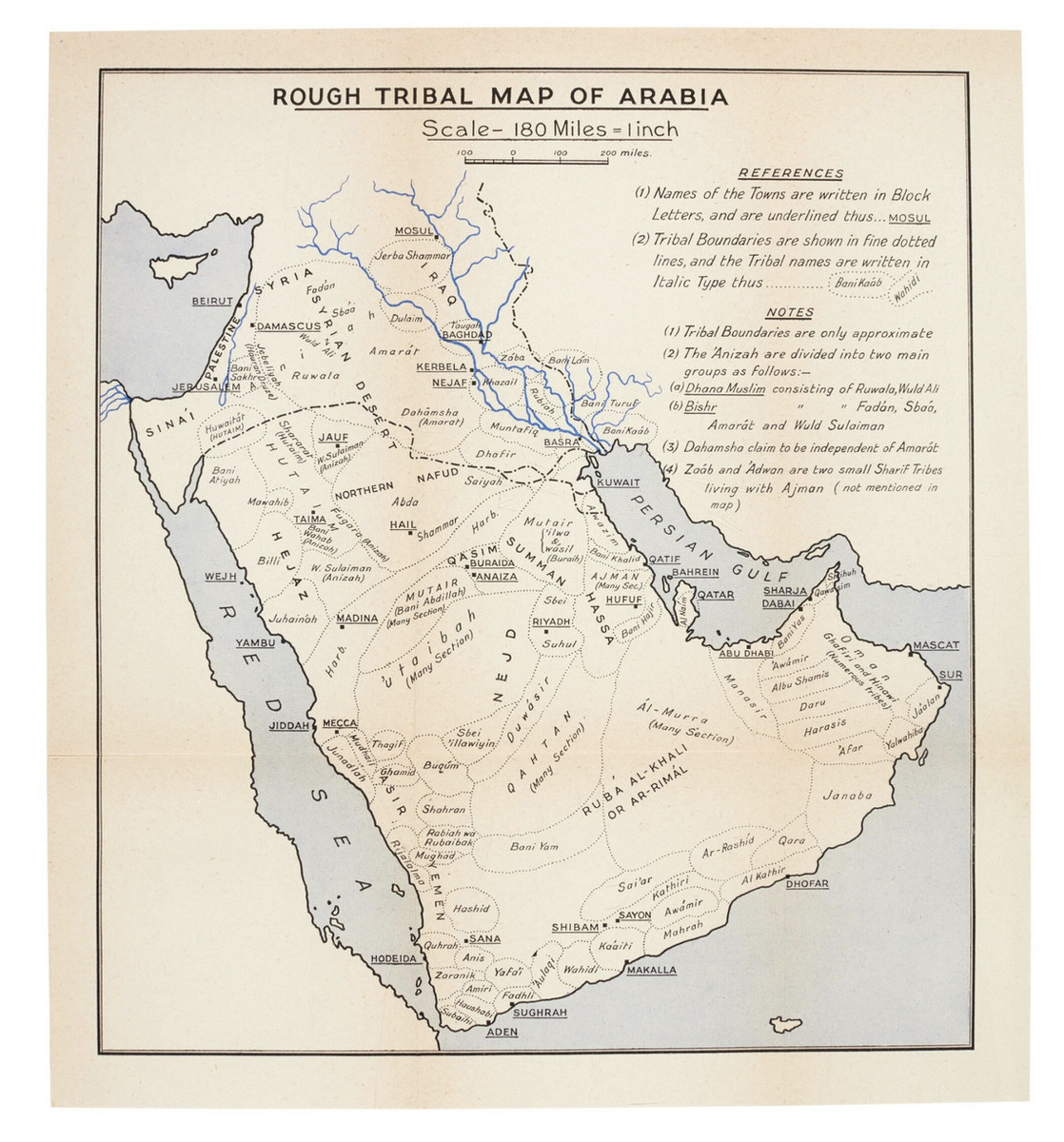
Imam Muhammad began the arduous task of achieving political unity among the tribes, with the ultimate goal of creating a major Arab state. (Sotheby's)
Imam Muhammad began the arduous task of achieving political unity among the tribes, starting with the neighboring cities of Nejd, with the ultimate goal of creating a major Arab state.
As the official history published by the Diriyah Gate Development Authority attests, “the task was not easy,” but by the time of his death in 1765, Imam Muhammad ibn Saud had laid the foundations for the greatest political entity central Arabia had ever known. Visible.
From the day of his ascension, “he began planning to change the current situation prevailing at that day and time, and to chart a new path in the history of the region towards unity, education, spreading culture, enhancing communication between members of society, and permanent security.”
Over the next nine decades, Diriyah grew in power and influence, as the great mission of unification was handed over to Muhammad's three successors – his son Abd al-Aziz, who founded the royal district of Turaif, and Abd al-Aziz's son Saud al-Kabir, under his rule. In whose direction the authority of the first Saudi state reached its peak, it extended to most parts of the Arabian Peninsula, and upon his death in 1814, his son Abdullah was born, who was known as a great warrior.
But challenging the vast and aggressive Ottoman Empire for control of Mecca and Medina would be a retreat for Diriyah. Imam Abdullah inherited the wrath of Istanbul, which sent a massive force to end the threat that Diriyah posed to Ottoman authority in the Arabian Peninsula.
It took much longer than the Sultan had imagined. After fighting a series of fierce battles over several years against impossible conditions, the Arabs were slowly driven from the Red Sea coast to their last stronghold before the walls of Diriyah.
After a six-month siege, Diriyah fell. Imam Abdullah was taken prisoner to Istanbul where he was executed.
The second Saudi state emerged undeterred from the ruins of the first, this time in Riyadh – the ancient capital of the Hajar al-Yamamah region, where it flourished from 1824 to 1891.
This too will fall.
But among the family members expelled from Riyadh in 1891 by the rival Al Rashid family was a 16-year-old son of the last imam of the Second Saudi State, a young man destined to take the last great step on the road to building the Second Saudi State. Which was initiated by his predecessor, Imam Muhammad, generations before him.
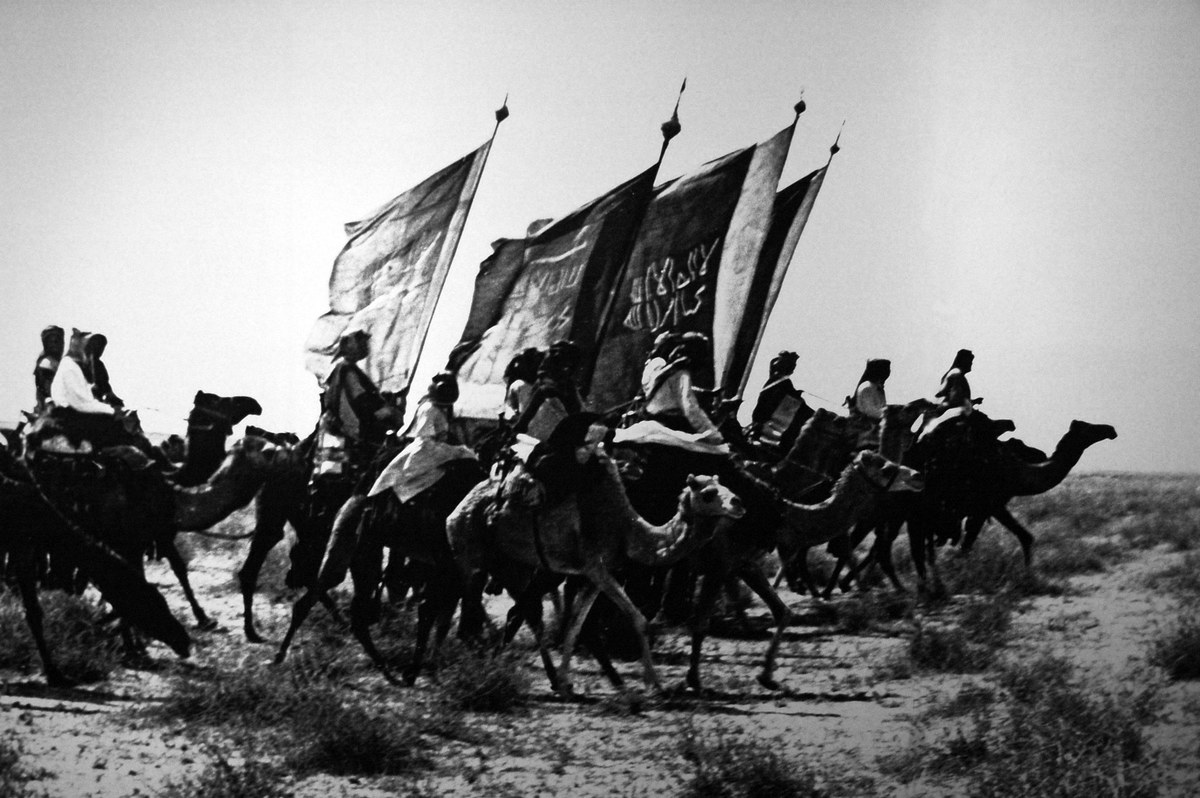
Above, warriors of Prince Abdulaziz bin Abdulrahman Al Saud on camelback in Najd, on their way to retake Riyadh, c. 1910. (scientific)
The story of how Prince Abdulaziz bin Abdulrahman Al Saud and a small band of warriors recaptured Riyadh in 1902, returning the House of Saud to their rightful home in Najd, is well known to every schoolboy in Saudi Arabia.
But Abdulaziz's most notable achievement—bringing together the many tribes of Arabia to make the founding of the Kingdom of Saudi Arabia in 1932—required decades of unwavering devotion to his predecessors' vision of unity.
Today, a family connection to one or another of the tribes rooted in the history of the Arabian Peninsula remains a source of great pride for many Saudis and their families, and part of the fabric of the country's diverse but unifying heritage.
However, this was not always the case, as John Duke Anthony, founding president and CEO of the Washington-based National Council on American-Arab Relations, noted in 1982.
“For most of Arab history, most of these tribes existed as independent political entities in a microcosm,” he wrote in an article titled “Saudi Arabia: From Tribal State to Nation-State.”
“As such, they were able to unite for common action. But at the same time, they often served as divisive forces within any larger societal context.”
It was this last characteristic, as much as any other, that prompted the late King Abdulaziz, the founder of modern Saudi Arabia, to search for a number of means by which he could integrate the various tribes into the new national political structure of the kingdom. “
Anthony added: “The religious content of Abdul Aziz’s message as he set out to unify the Arabian Peninsula into a single state proved to be his greatest source of strength.
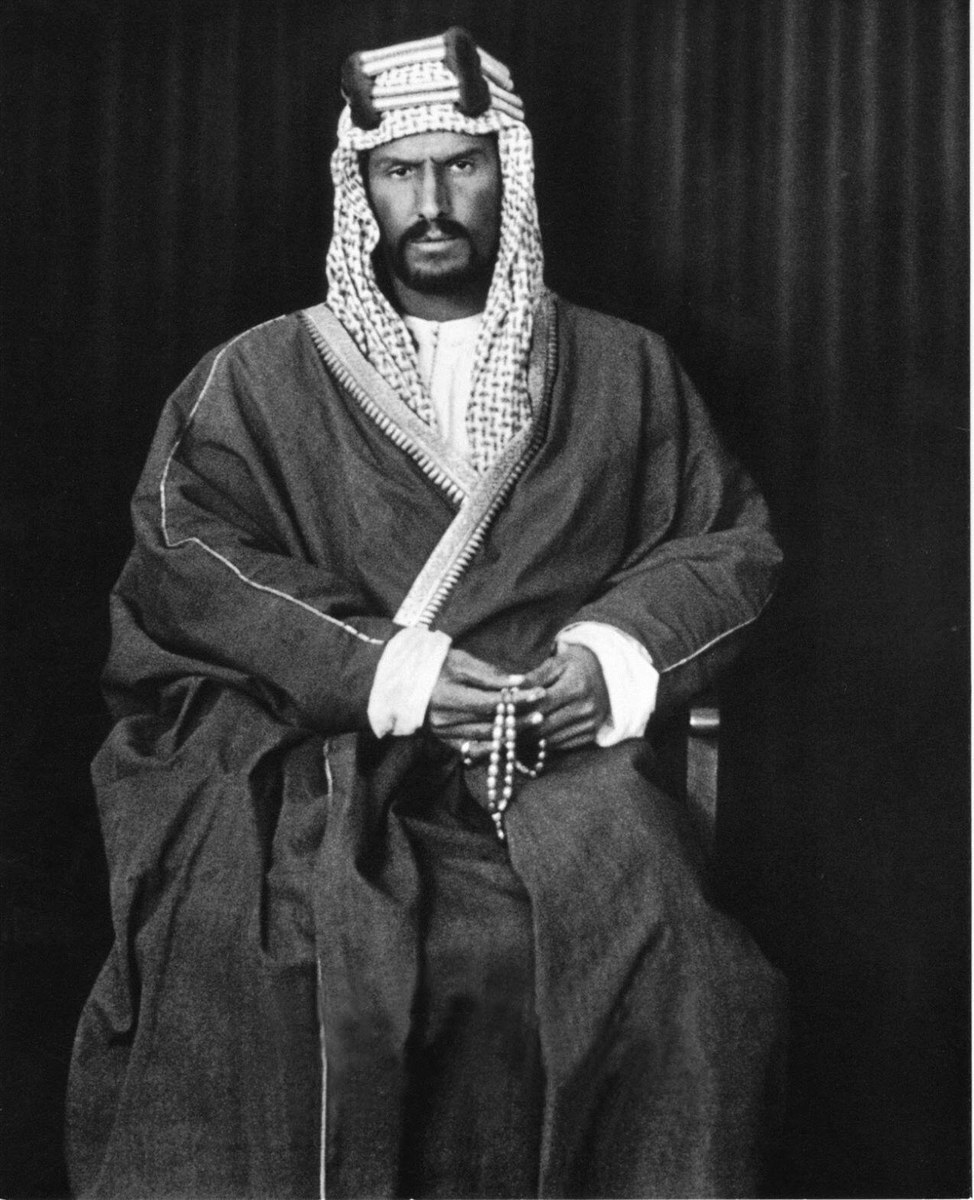
Above, Prince Abdul Aziz bin Abdul Rahman Al Saud in Kuwait, circa 1910. (International)
“He was able to direct and supervise strict adherence to Islamic doctrines, and in this way brought about a great adjustment in the tribal distinctions which had previously divided the kingdom.”
In 2022, Hassan Masloum, a member of the Saudi Shura Council, wrote that tribalism in modern Saudi Arabia complements rather than conflicts with the ambitions of the kingdom's Vision 2030, which Crown Prince Mohammed bin Salman unveiled to Saudi citizens and the world in 2022. 2016.
“No discussion of social change is inconceivable without acknowledging the tribal background of Saudi Arabia’s society,” Masloum wrote in an op-ed for Arab News.
“Tribalism in Arabia has existed for thousands of years, predating Judaism, Christianity, and Islam. It was an independent, cohesive system of desert survival that provided its members with social status, economic advantage, and physical protection.
“Members of a single tribe share a common ancestry, collective dignity and a cohesive reputation. The harsh life of the arid desert imposed a strong and binding moral bond between the tribes to defend their descendants and property. Tribal history prided itself on social hierarchy, the obligation of vengeance and a deep commitment to land, pastures and waterholes.
He continued that King Abdulaziz “tactfully transformed the Arab tribal scene towards his dream of a national kingdom when he convinced the hostile and warring tribes to put aside their conflicts and unite under his leadership to build a modern state.”
In fact, Abdul Aziz, the man known to the wider world as Ibn Saud, had completed the journey begun by the founding of the first Saudi state by Imam Muhammad in 1727.
On January 27, 2022, Foundation Day was established by royal order from King Salman in recognition of this pivotal moment in the nation’s history, and to honor the wisdom of the leader who “provided unity and security in the Arabian Peninsula after centuries of wars.” Division, division and instability.”
